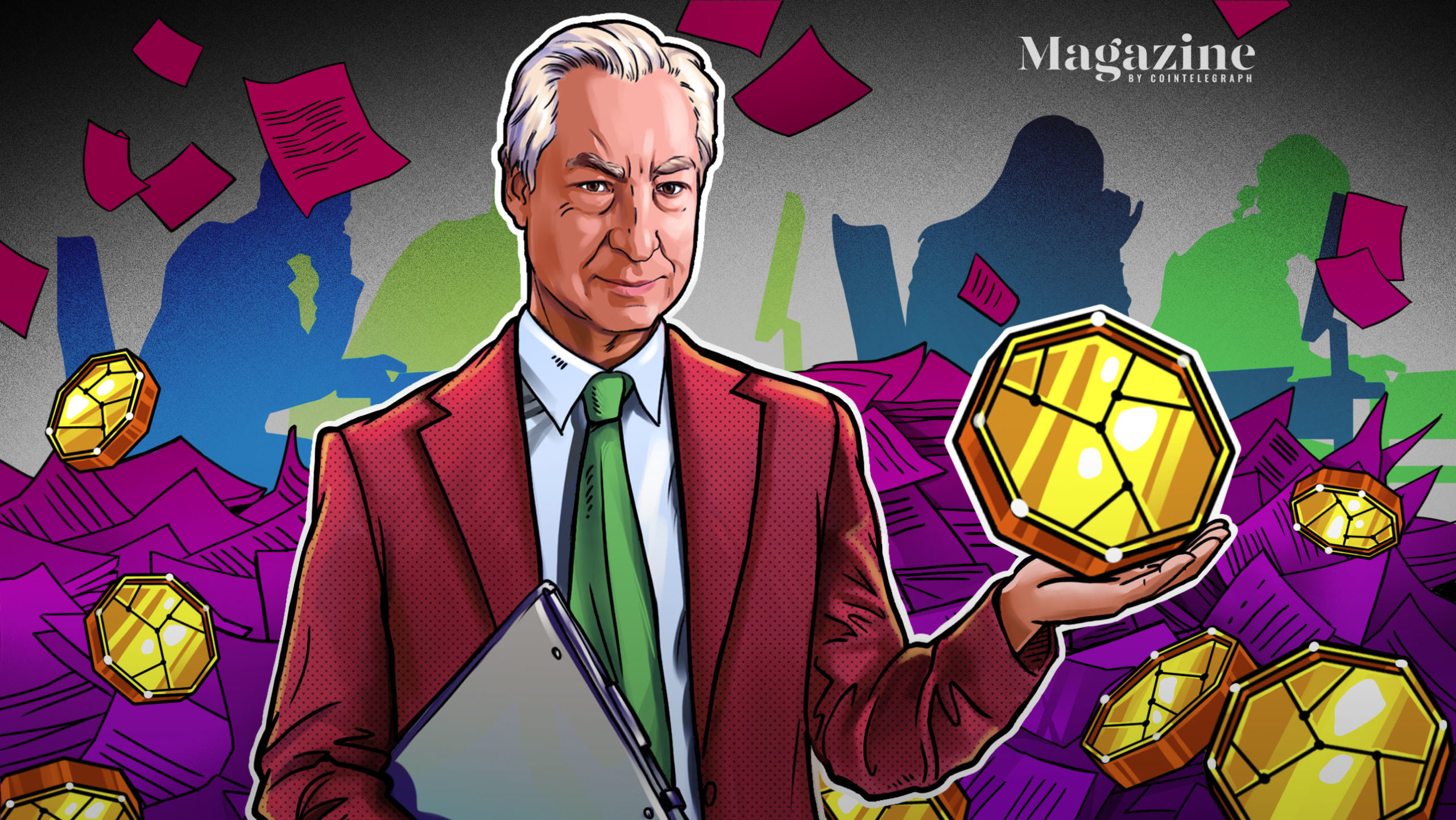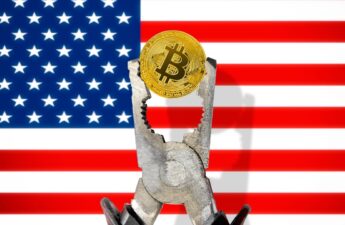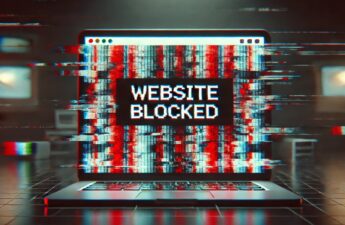Stablecoins provide a false sense of security. They give the impression to the uninitiated and/or uncaring that a particular coin is pegged to the U.S. dollar, or an equivalent of the dollar in terms of value and stability, and that if you want to convert your stablecoin to dollars, you can do so easily and instantaneously. Yet, they do no such thing, as demonstrated by the recent collapse of Terra and its TerraUSD stablecoin and LUNA token and also made clear in September 2008 by the collapse of the Reserve Primary Fund money market fund during the height of the global financial crisis.
Powers On… is a monthly opinion column from Marc Powers, who spent much of his 40-year legal career working with complex securities-related cases in the United States after a stint with the SEC. He is now an adjunct professor at Florida International University College of Law, where he teaches a course on “Blockchain & the Law.”
So, I now unequivocally state what is obvious: If you are an owner of or investor in any cryptocurrencies, you need to understand this lack of protection and safeguard the portion of your wealth held in digital assets. You can protect these assets by keeping them in cold digital wallets, on exchanges registered with the United States Securities and Exchange Commission, or with another entity regulated by the SEC, CFTC or Treasury. Even entities and exchanges with BitLicenses, such as Coinbase and Gemini, may not provide sufficient protection.
As I write this column, UST has a value of about $0.07. One month ago, it was one of the top 10 cryptocurrencies by market cap and maintained a steady value of $1. It was perceived as a reliable, “safe” cryptocurrency for trading activities, where transaction risks were eliminated and liquidity was provided to the trading parties, both for trading occurring on centralized exchanges and decentralized platforms. Not anymore.

Although some may disagree, cryptocurrencies are speculative in both value and utility. Their prices are volatile, and they are best understood when considered a nascent alternative economic, capital markets and financial system — backed by a new technology that is still being developed and tested in innumerable ways. Crypto is tested by criminals wanting to hack vulnerable blockchains for illegal gains, studied by governments seeking to regulate or ban its use, and continually worked on by developers seeking to improve its public-source codes. Hence, it falls within the class of “alternative assets.”
Those involved with investment management and analysis have been led to believe that stablecoins are a viable solution to avoiding the risks associated with cryptocurrencies — no differently than the SEC-registered Reserve Primary Fund touted its money market fund, with over $60 billion in assets at its peak, as a safe haven to park money and earn interest. The Reserve Primary Fund, and most of the other money market funds in the early 2000s, promoted themselves as an alternative to keeping cash in bank deposit accounts and a way to earn better interest rates than banks were providing. Its share price was supposed to always maintain a $1 net asset value (the measure by which mutual funds are publicly traded) because it was supposedly backed one-to-one in U.S. bonds, which are guaranteed by the full faith and credit of the U.S. Treasury. Yet amid the financial crisis, on Sept. 16, 2008 — the day after the venerable investment firm Lehman Brothers filed for bankruptcy — the Reserve Primary Fund “broke the buck.” Its NAV fell to as low as $0.97 from its $1 peg.
Why? Well, for reasons parallel to the UST collapse. As it turns out, a portion of the Reserve Primary Fund was not invested in U.S.-backed bonds and treasuries but instead in commercial paper issued by corporations, not the government. This was done to boost the money market’s return — to offer a higher competitive interest rate to investors willing to park their money in the fund rather than a traditional bank. However, this approach had two fundamental problems, as Reserve Primary Fund investors would learn. At that point in time, money market funds were neither insured and protected by the Federal Deposit Insurance Corporation like bank accounts nor covered for losses by the Securities Investor Protection Corporation like stocks held in brokerage accounts.
Second, as previously noted, over half the fund’s portfolio was invested in commercial paper rather than U.S.-backed securities. When Lehman Brothers filed for bankruptcy, investors became concerned that money market mutual funds held Lehman Brothers’ commercial paper. So, the next day, a run on those funds began. And although the Reserve Primary Fund reportedly held less than 1.5% in Lehman Brothers paper, the NAV fell below $1. Ultimately, the fund was closed and liquidated, but not before the U.S. government stepped in with two forms of legislation: the Temporary Liquidity Guarantee Program and the Debt Guarantee Program. Both combined protected investor money in mutual funds and guaranteed short-term debt issued by participating banks. (These programs and protections ended in 2012.)
With TerraUSD, Terraform Labs created a so-called algorithmic stablecoin — one not backed by assets like cash or U.S. government bonds but instead relying upon trading and treasury management to maintain the value of the NAV at $1. This reportedly included collateralizing UST, in part, with Bitcoin. However, the actual assets backing UST were apparently less than its market capitalization by severalfold. So, when there was a run on UST, the whole thing collapsed.
Now, other stablecoin issuers, like Circle with USD Coin and Tether with USDT, will say this cannot happen to their coins. The problem was because UST was an undercapitalized, algorithmic stablecoin, while they are backed one-to-one by dollars and U.S. government securities. But that is not entirely true. An investigation of Tether by the New York State Office of the Attorney General revealed that a good amount of the collateral was not dollars but loans or commercial paper.

This is the same sort of collateral that took down the Reserve Primary Fund in 2008 in a run. It is also true that neither Circle’s nor Tether’s stablecoins are protected against investor loss by a government-backed agency like SIPC or FDIC.
So, what are some takeaways from the UST/LUNA “break the buck” price collapse?
What happened to UST/LUNA is neither new nor unique. It happened before with the Reserve Primary Fund in 2008 in spectacular fashion and with much hand-wringing at the time. And just as investors in the Terraform Labs stablecoin product were not insured by any government assistance, the same was true for the Reserve Primary Fund’s money market.There will likely be several U.S. government investigations into and/or hearings around this recent debacle. For those opposing crypto, there will likely be calls to regulate the entire nascent blockchain industry to protect investors. Yet it is important to remember that the Reserve Primary Fund was regulated by the SEC as a mutual fund. That fact did not prevent the run on the fund. So, knee-jerk over-regulation is not a panacea.Yes, there should be some regulation of and a regulator for stablecoins and their issuers — if not the SEC or CFTC, then perhaps the Treasury. The role these coins currently play for capital markets and financial transactions in the crypto ecosystem is enormous and important. Investors should feel that when they use a stablecoin, it is properly and fully collateralized and that they have clear, unequivocal redemption rights to the collateral if requested.Terraform Labs and its founder, Do Kwon, will face both criminal and civil investigations and proceedings stemming from the UST/LUNA collapse. Kwon will likely end up before criminal prosecutors both in South Korea, where he is located, and in the United States. There will be class actions filed. It will not be pretty, and the cases will drag on for years. Last fall, the SEC began investigations into another Terraform Labs project, Mirror Protocol. In February 2022, a judge in the Southern District of New York held that Terraform Labs and Kwon had to comply with the SEC’s investigative subpoenas in that matter. Now, with UST/LUNA, things will get much, much worse for both.It was reported a few days after the UST/LUNA run that Coinbase added a risk disclosure in its filings. The centralized exchange noted that its customers could be considered “unsecured creditors” in the event of its bankruptcy. This puts front and center what I wrote about last year: Coinbase and Gemini are not registered with the SEC as an exchange — they are only licensed under New York state’s BitLicense regime. The significance is manifold. Most importantly, it means that customer accounts are not protected by SIPC for up to $500,000 in cash and securities and that neither exchange is subject to the SEC’s segregation rules for customer assets and funds.
What this all means is that you, and only you, are responsible for protecting your crypto assets and wealth. So, be careful and thoughtful where you choose to hold digital assets and when deciding whether it is wise to hold significant value in stablecoins.
Marc Powers is currently an adjunct professor at Florida International University College of Law, where he is teaching “Blockchain & the Law” and “Fintech Law.” He recently retired from practicing at an Am Law 100 law firm, where he built both its national securities litigation and regulatory enforcement practice team and its hedge fund industry practice. Marc started his legal career in the SEC’s Enforcement Division. During his 40 years in law, he was involved in representations including the Bernie Madoff Ponzi scheme, a recent presidential pardon and the Martha Stewart insider trading trial.
The opinions expressed are the author’s alone and do not necessarily reflect the views of Cointelegraph nor Florida International University College of Law or its affiliates. This article is for general information purposes and is not intended to be and should not be taken as legal or investment advice.
Source: https://cointelegraph.com/magazine/2022/05/26/powers-on-we-learn-from-history-to-protect-our-crypto



